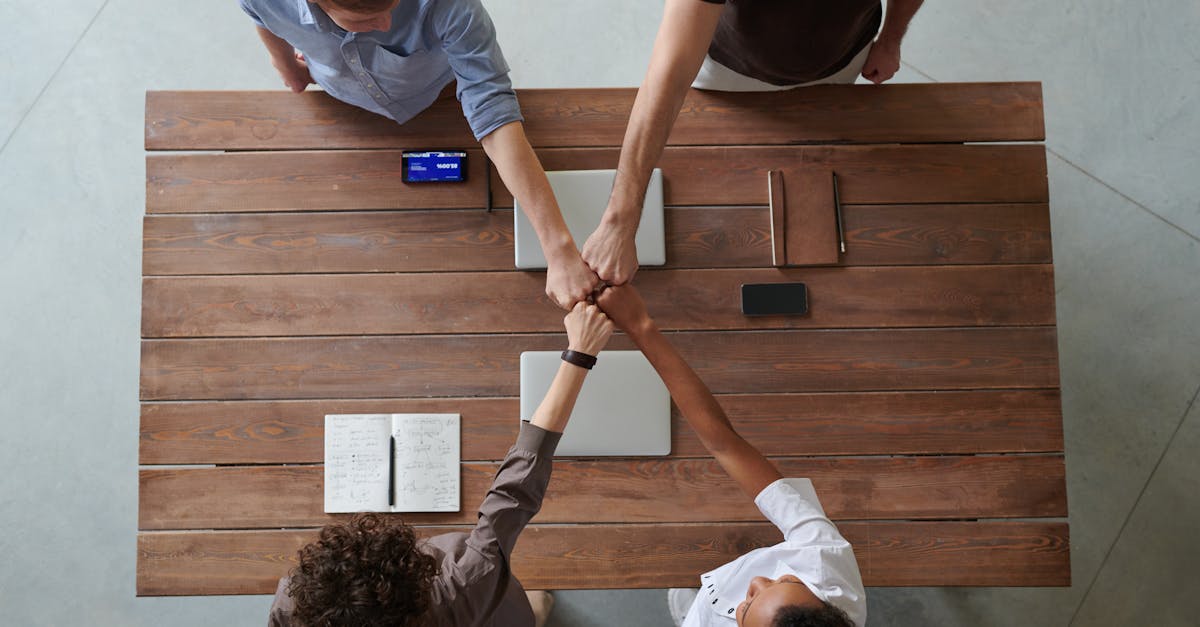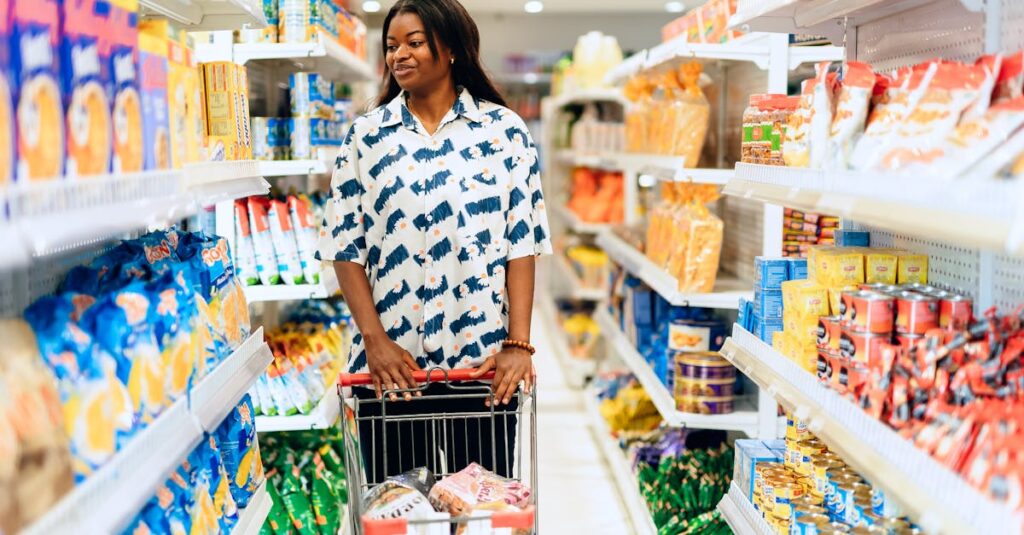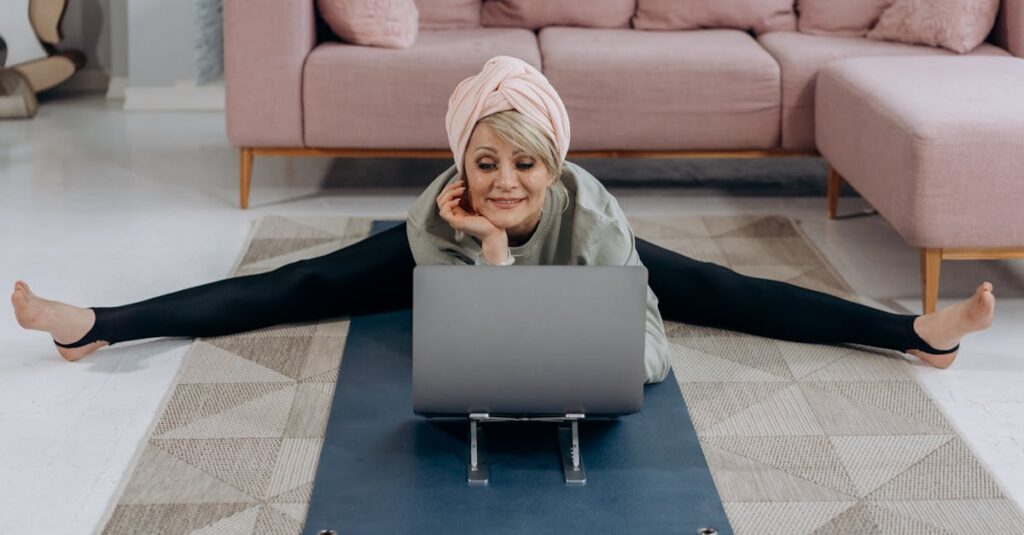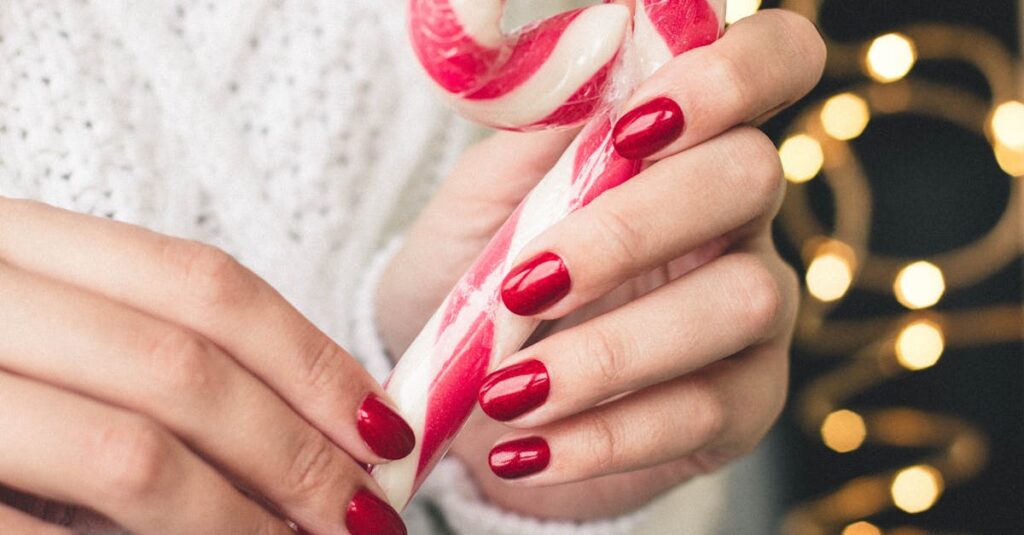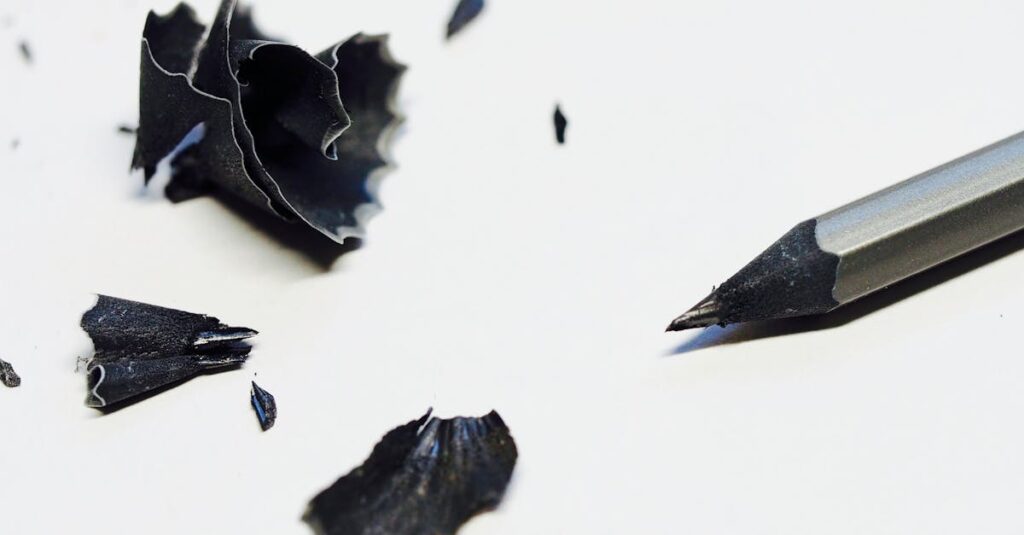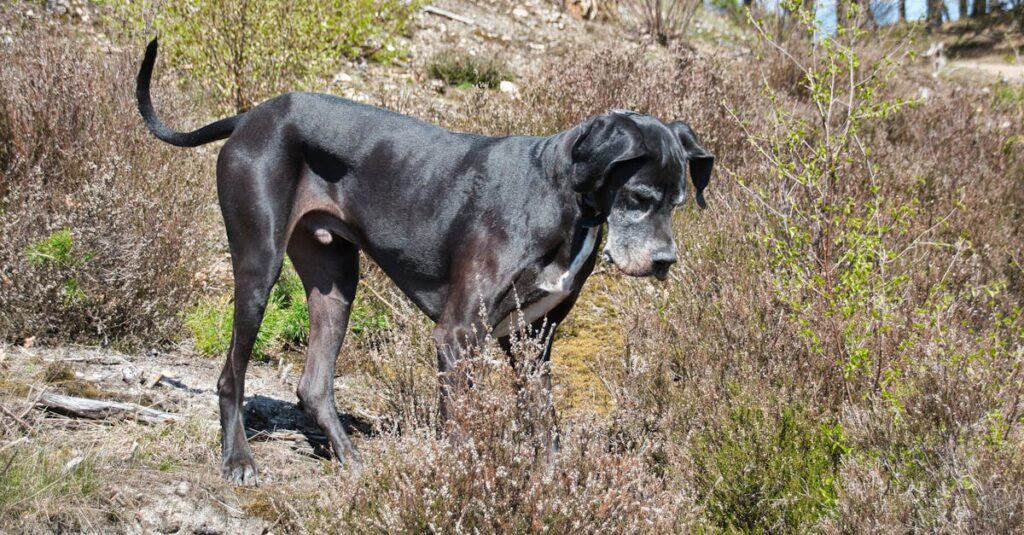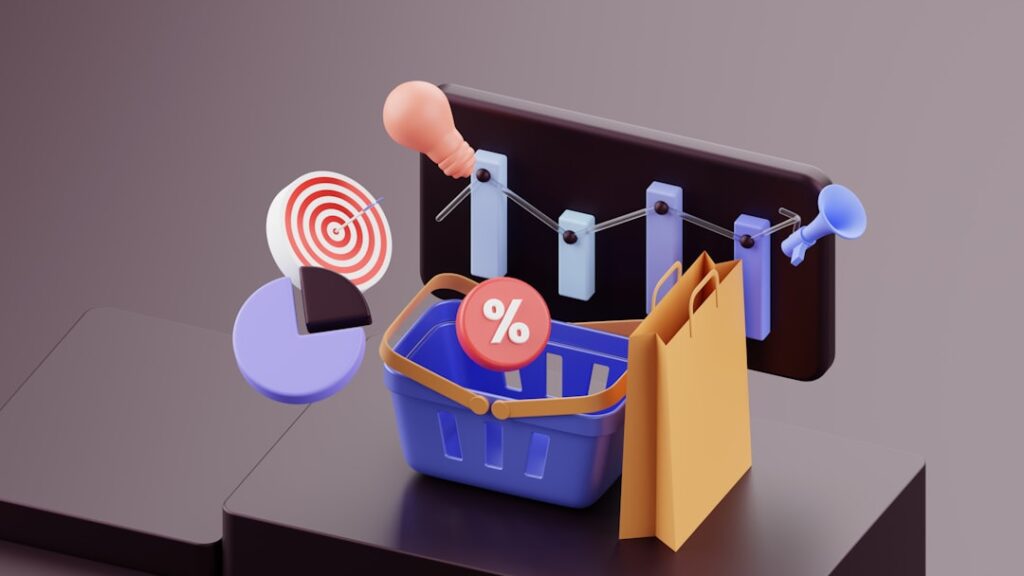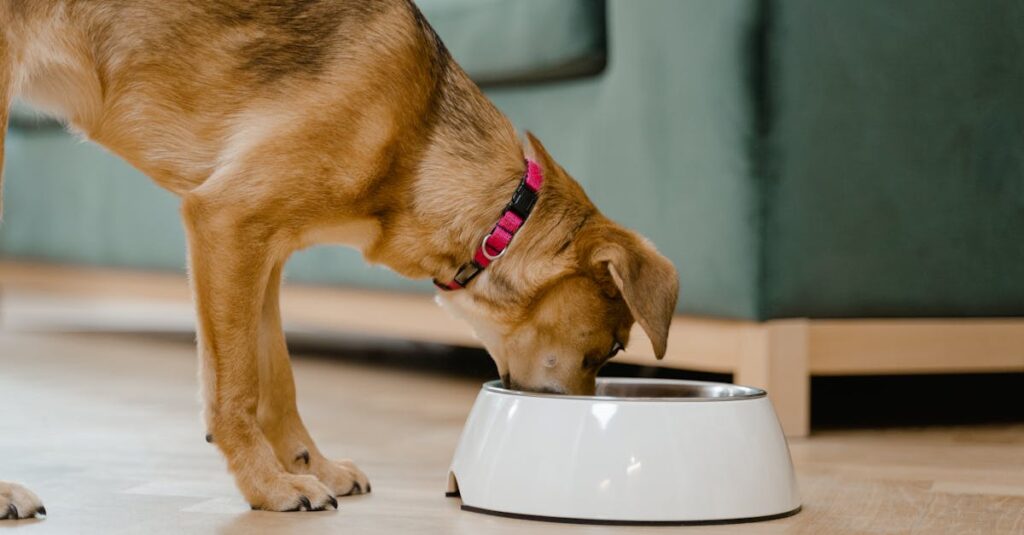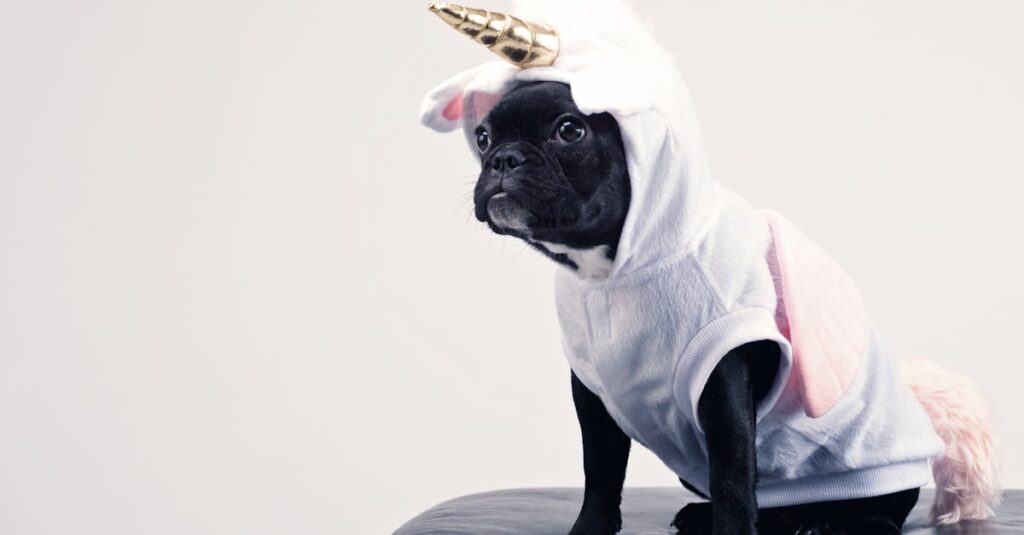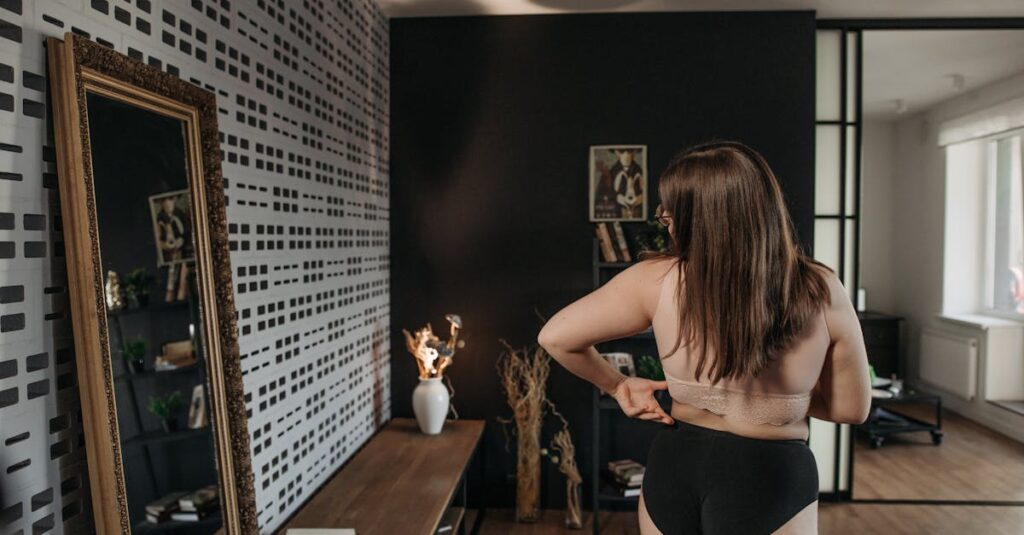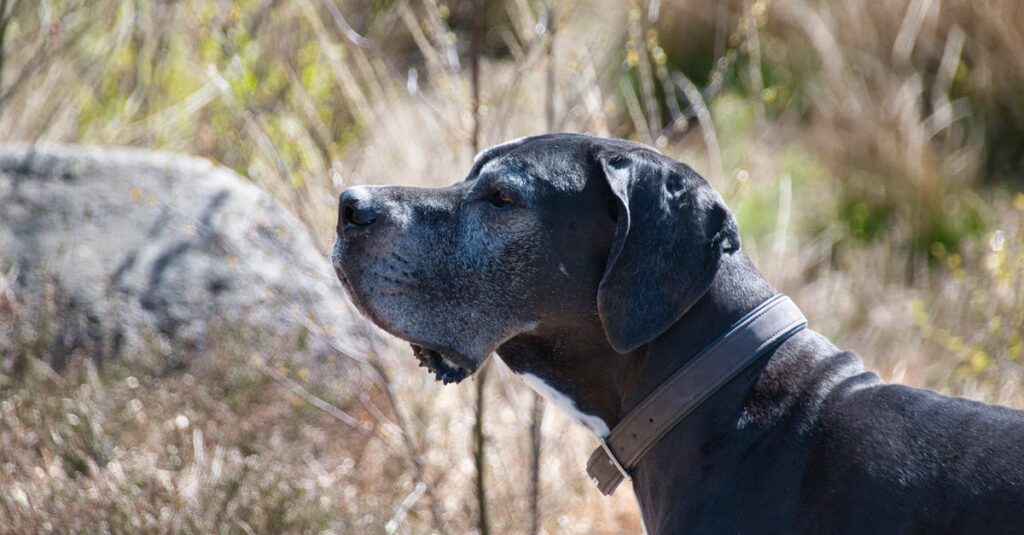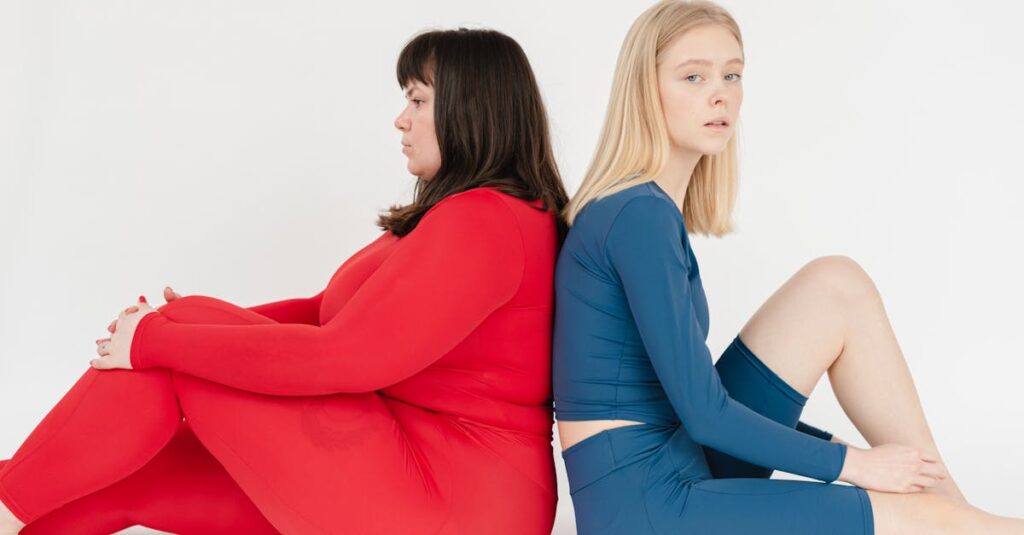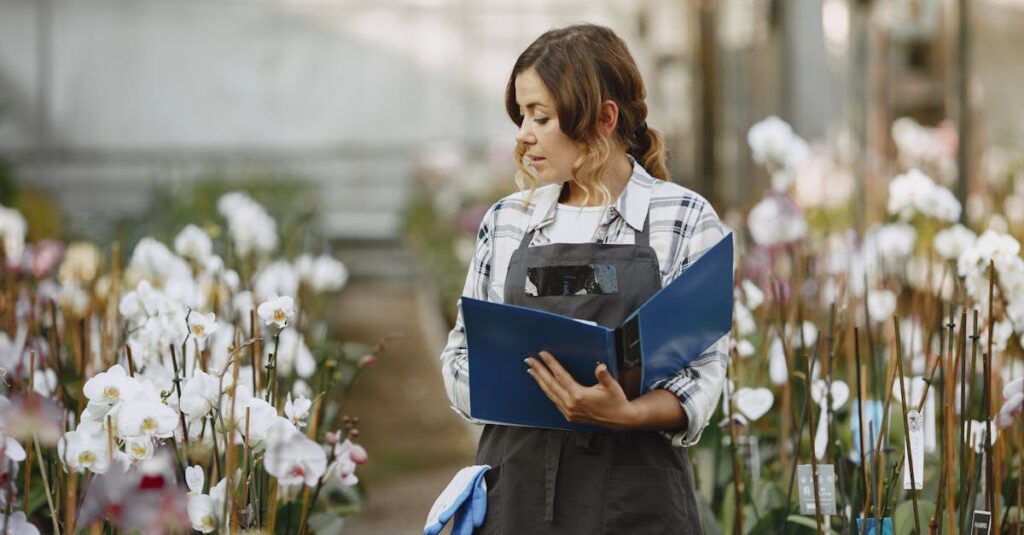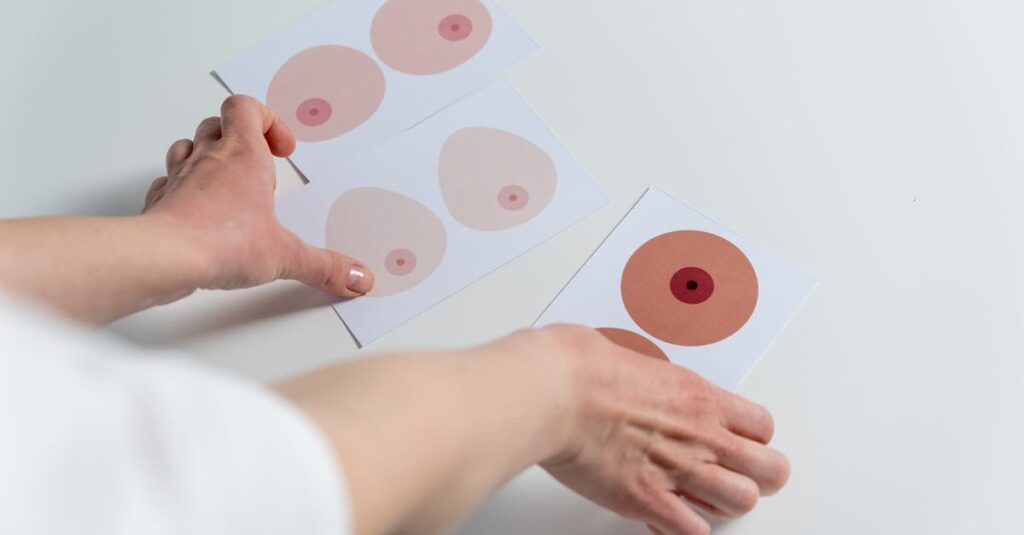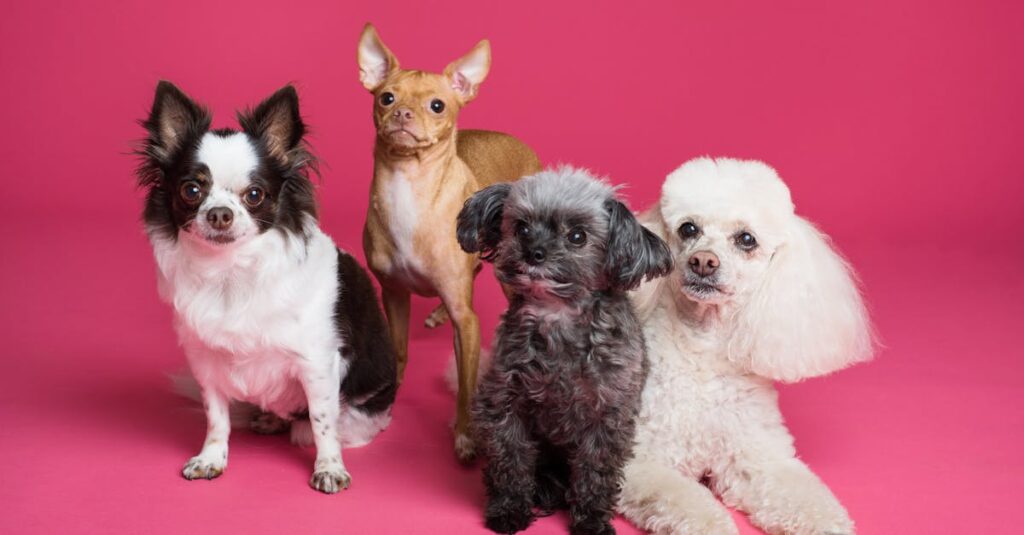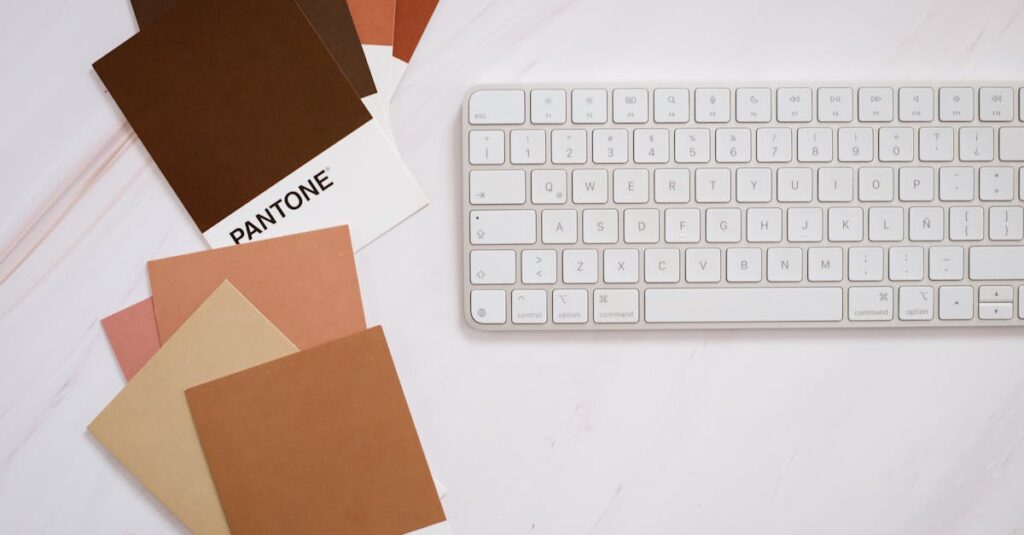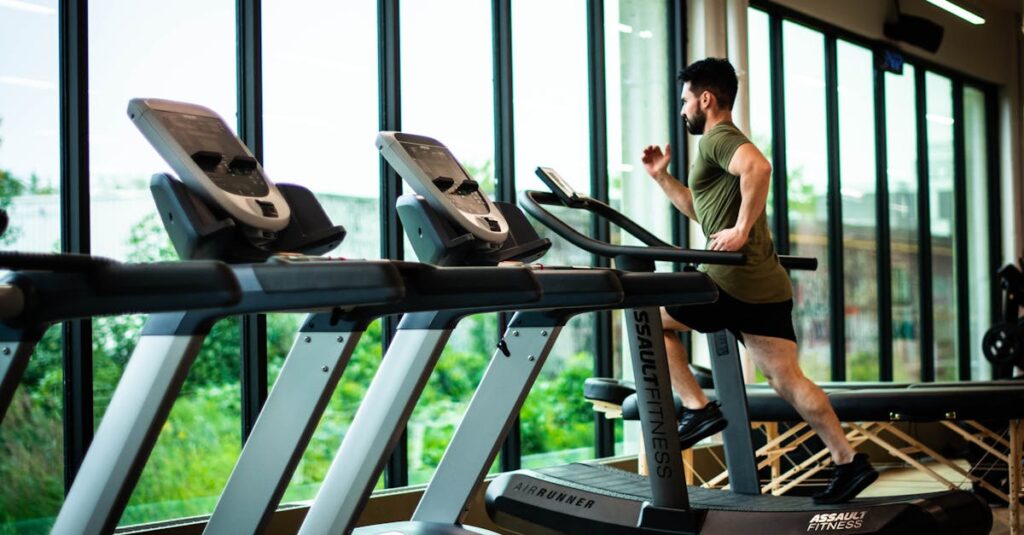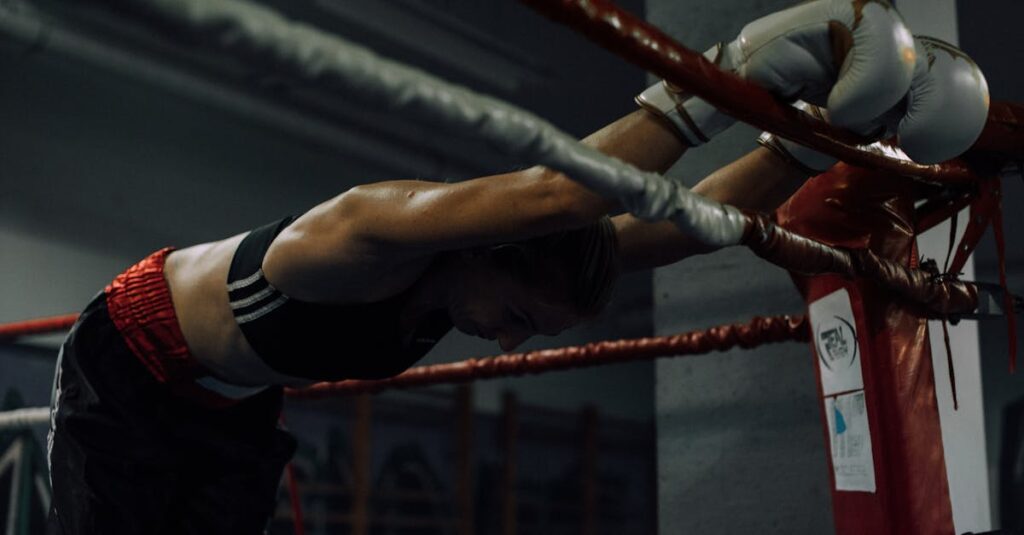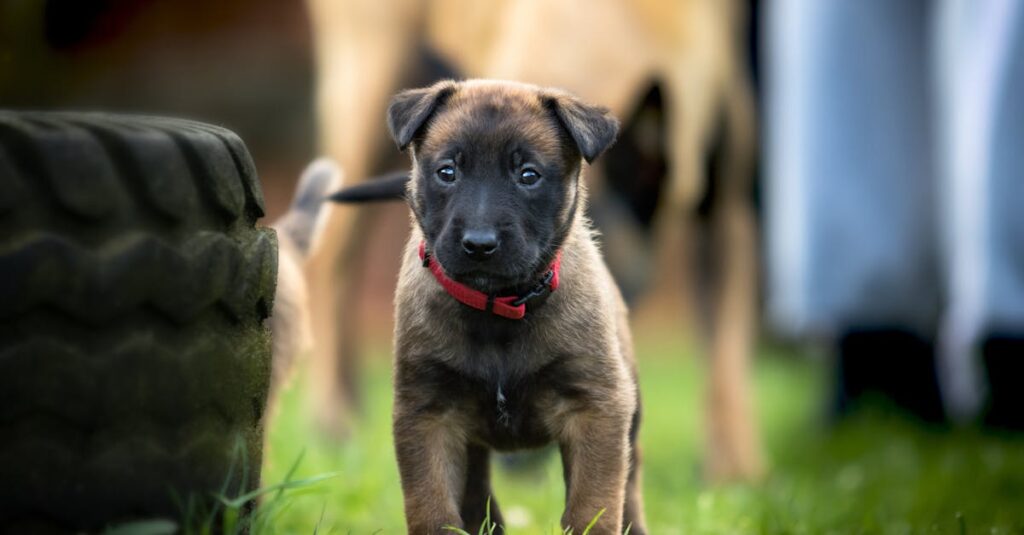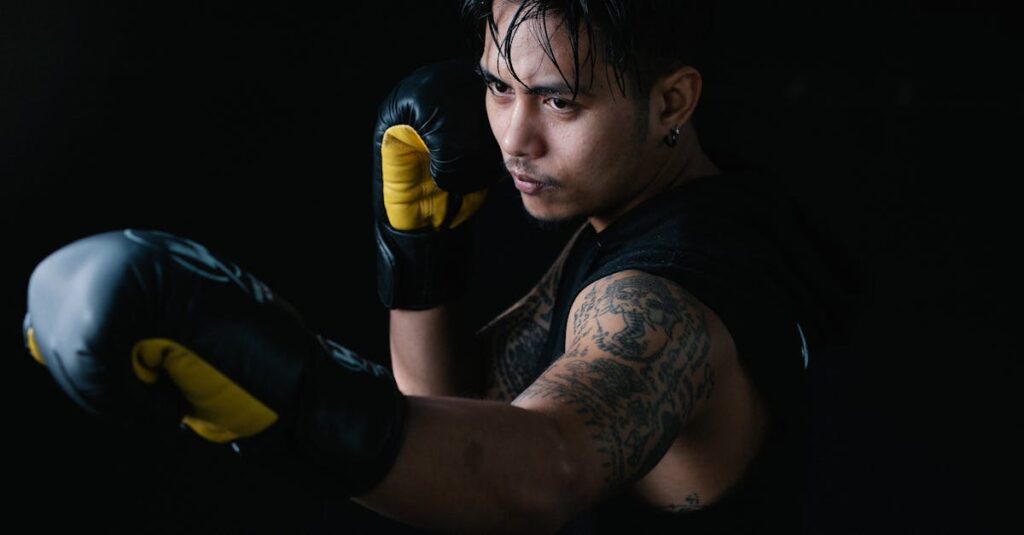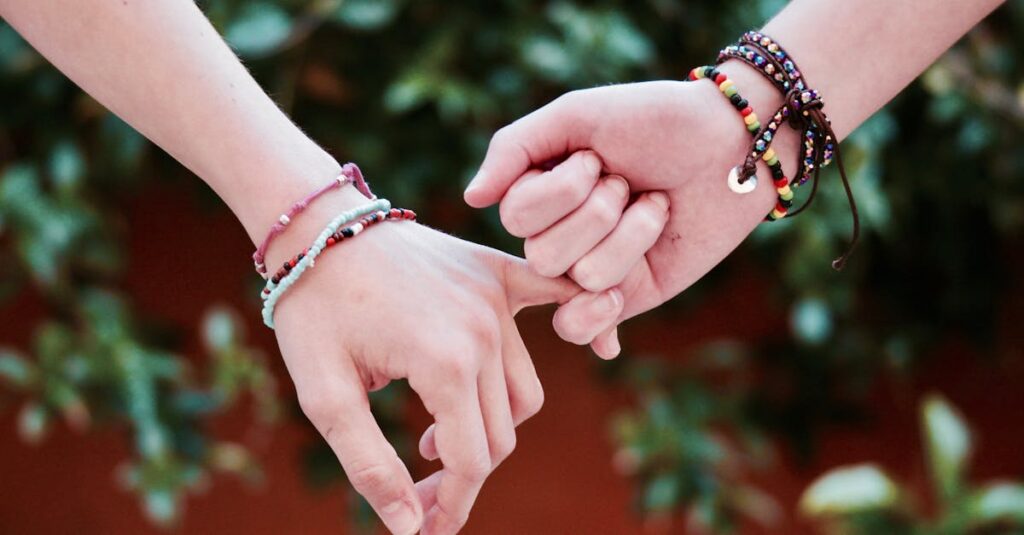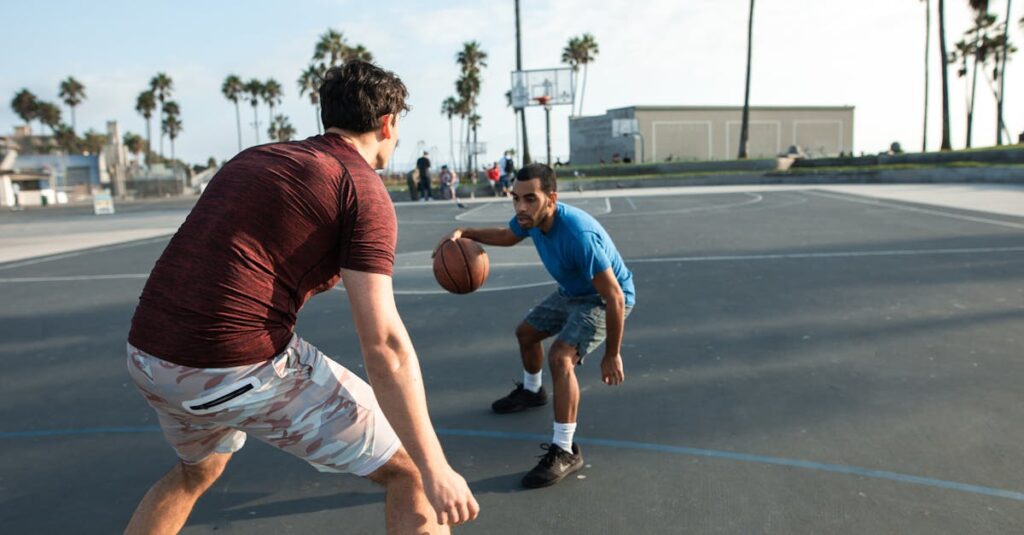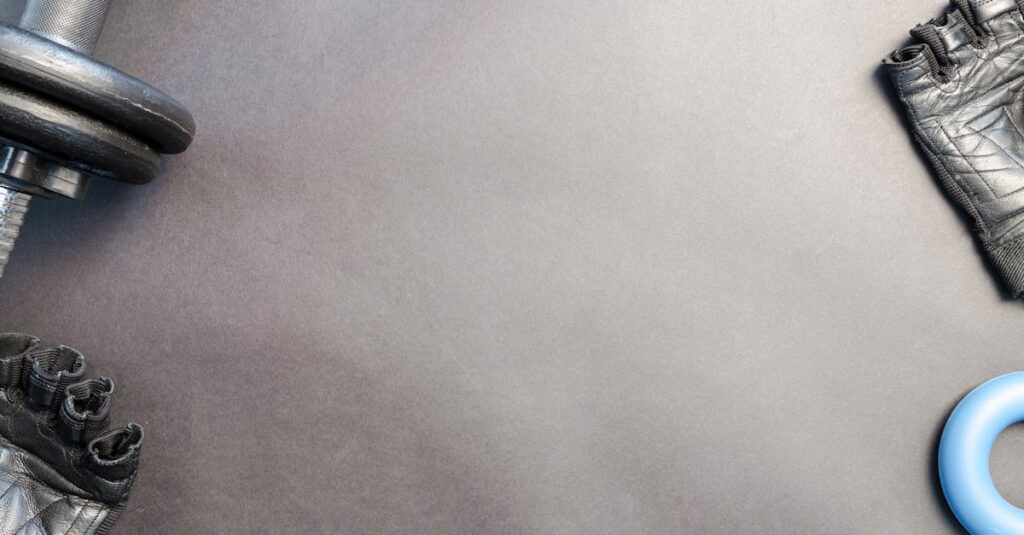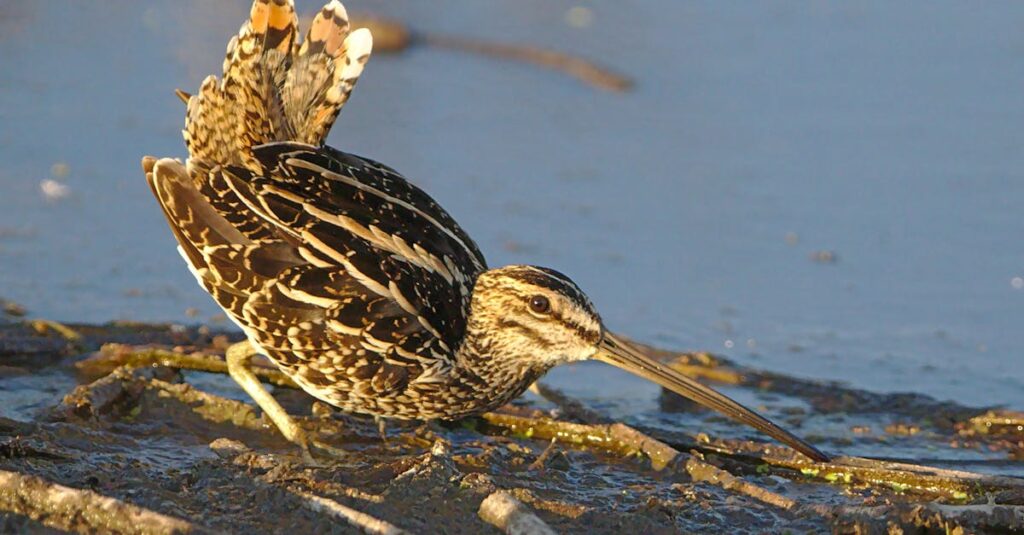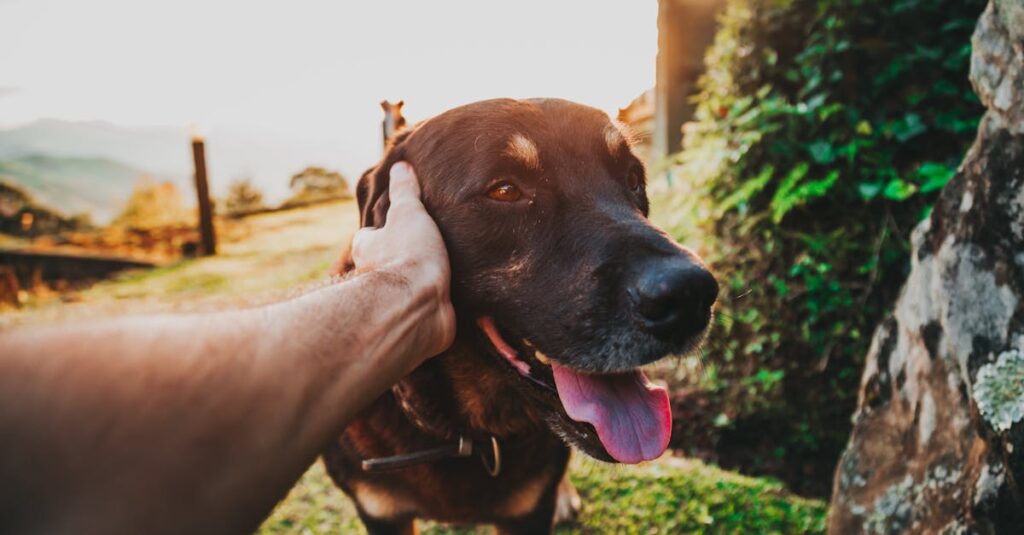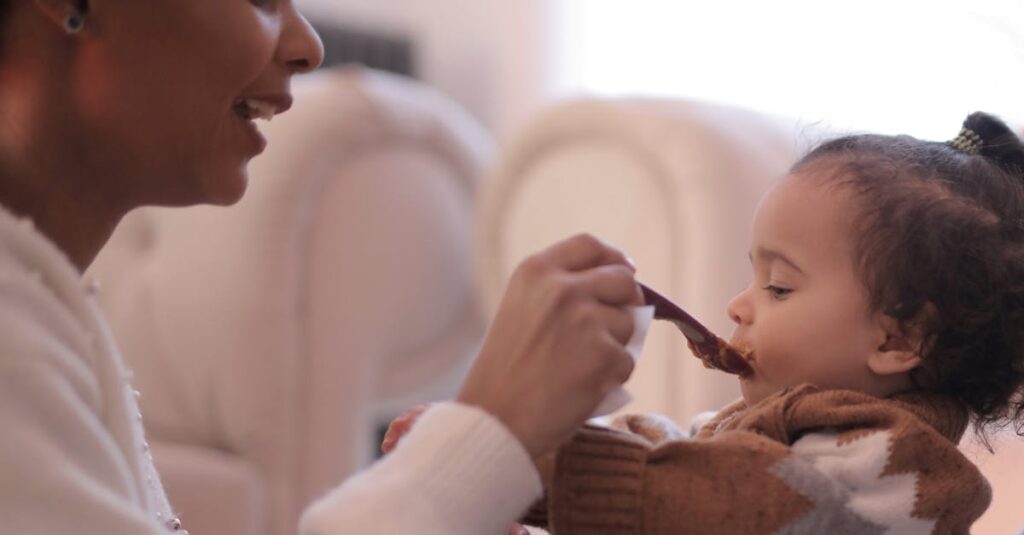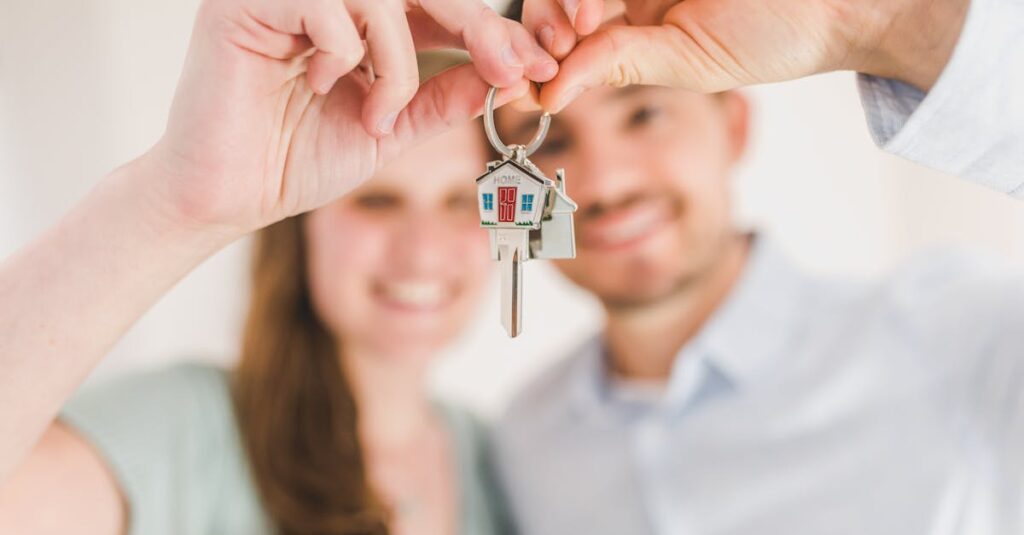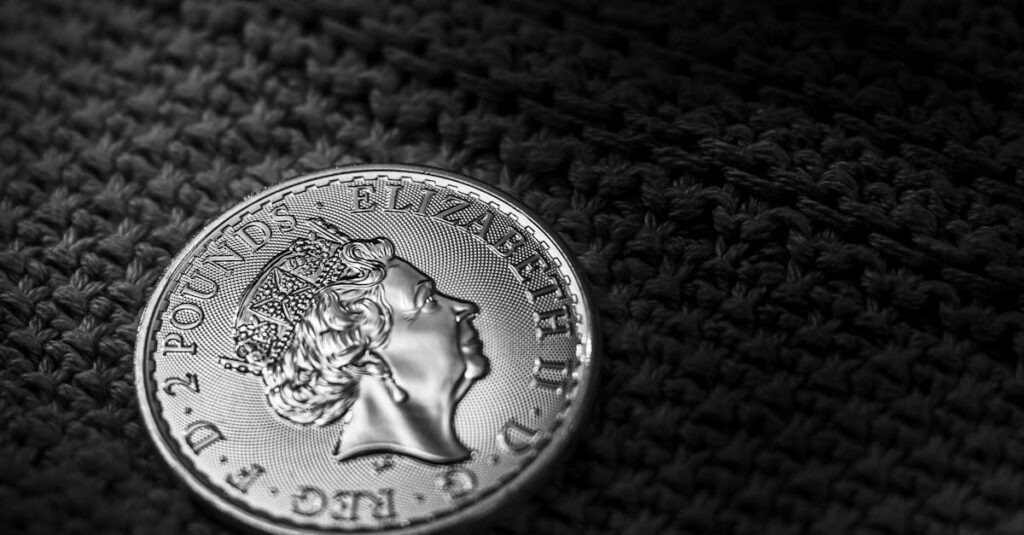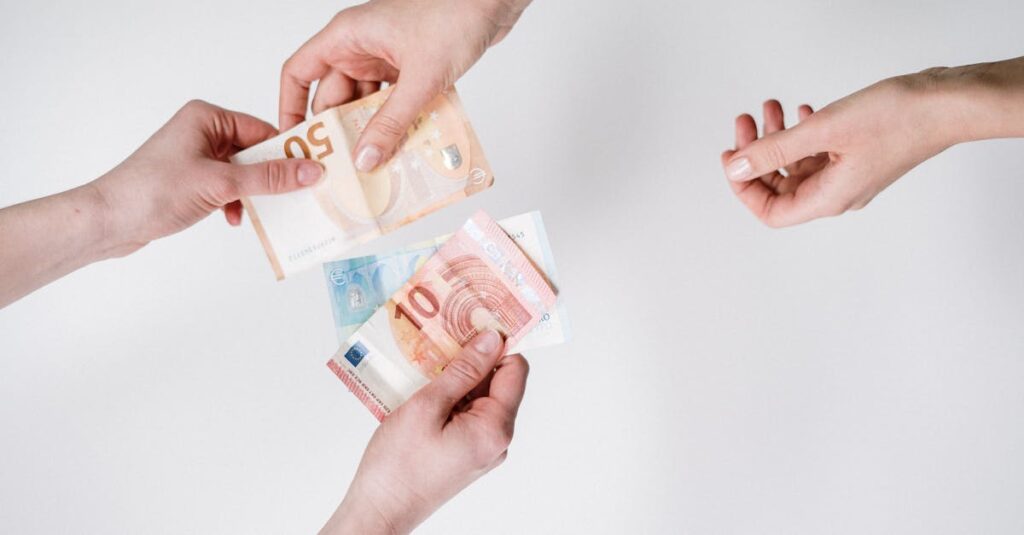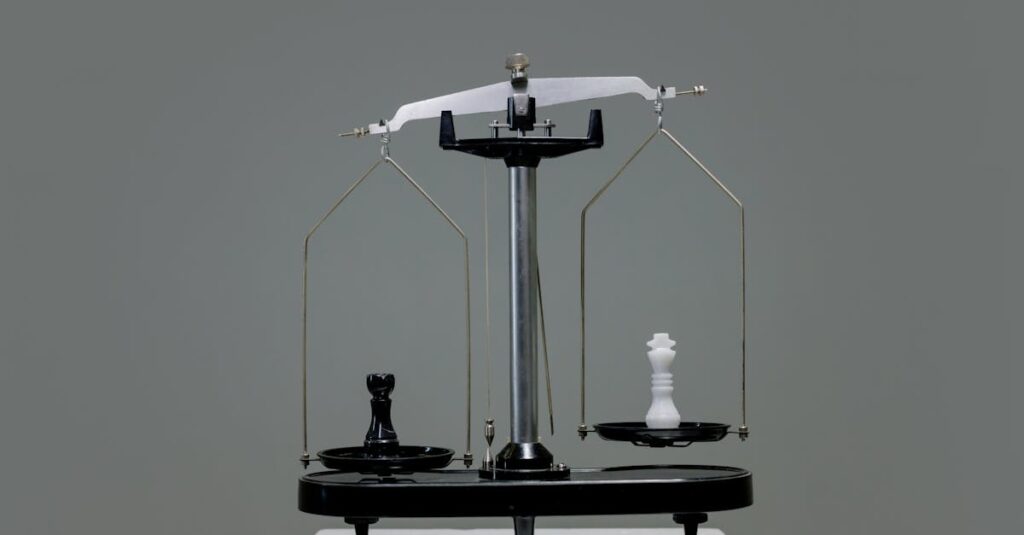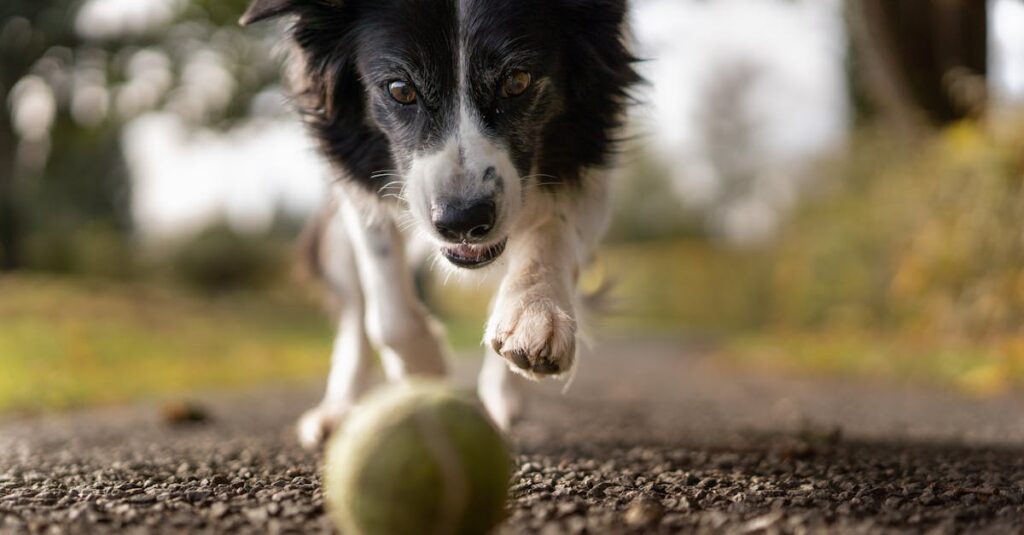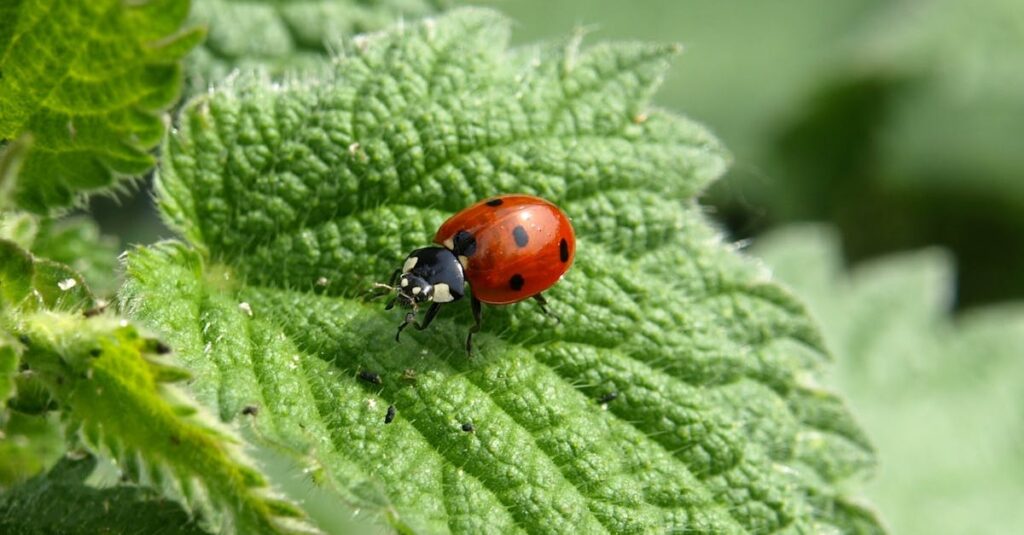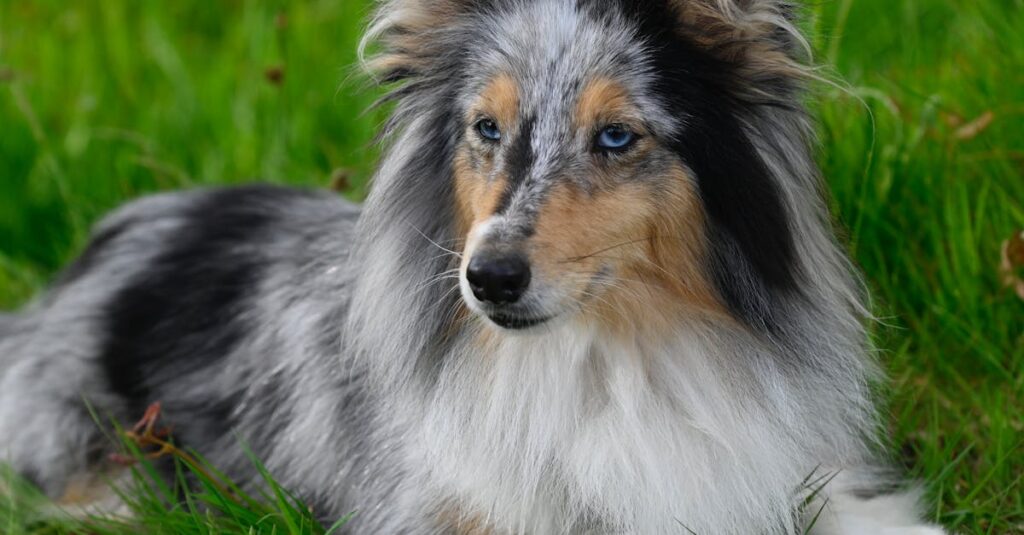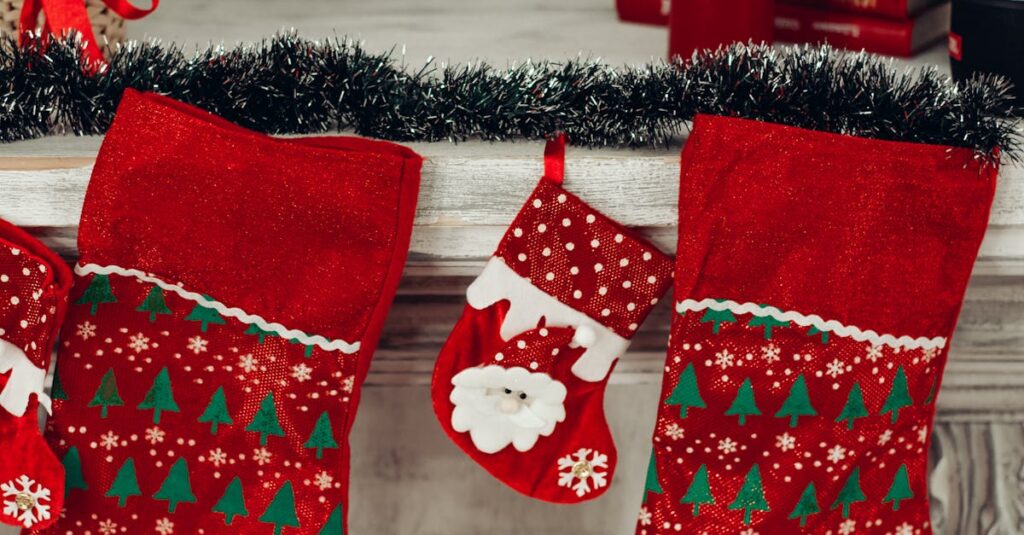When your Great Dane suddenly leans on you, it might seem like a simple gesture, but behind this behavior lies a complex language of dog psychology and pet bonding. This affectionate act can sometimes be confusing, especially given the dog’s imposing size. If you’ve ever wondered, “Why Does My Great Dane Lean on Me?”, you’re not alone. Understanding the reasons behind this behavior not only deepens your relationship but also enhances your dog ownership experience.
Understanding Why Great Danes Lean: The Core Reasons Behind This Behavior
Great Danes are famous for their gentle giant nature. Despite their massive frame, they are incredibly affectionate, which often manifests through leaning. Here are the primary explanations based on canine behavior insights:
- 🐾 Seeking Affection and Connection – Much like how we humans seek a hug, your Great Dane leans to get close, showing dog love and asking for it in return.
- 🛋️ Comfort and Security – Leaning can be a way your pet feels safe and calm, especially after activities or during rest.
- 💤 Fatigue or Physical Support – Given their large breed size, Great Danes might lean when tired or to relieve joint strain.
- 🔍 Seeking Attention or Interaction – If your dog wants playtime, petting, or just some company, leaning becomes an inviting gesture.
- 😰 Anxiety or Stress Relief – Leaning may be a coping mechanism during stressful situations like loud noises or unfamiliar environments.
Recognizing these reasons can better equip you to respond effectively, nurturing your Great Dane’s well-being and strengthening your bond.
How Leaning Relates to Bonding and Affection in Great Danes
From my experience, when a Great Dane leans on you, it reflects a deep emotional connection. This behavior is an expression of pet comfort and belonging. Dogs don’t just lean randomly—they choose people they trust. For example, I noticed my own Great Dane lean on me after a long walk, as if silently saying, “I feel safe with you.”
- ❤️ Leaning is a non-verbal “I love you” in dog terms.
- 🤝 It reinforces the loyalty and bond between owner and dog.
- 🎯 It’s often a precursor to wanting to play or be petted, enhancing dog training opportunities linked to positive reinforcement.
To foster this connection, ensure your dog has a calm and supportive environment. This will encourage more relaxed, affectionate behavior that enriches your shared daily life.
Physical and Emotional Comfort: What Does Leaning Tell You About Your Great Dane’s Needs?
Beyond emotional messages, leaning serves practical functions, especially for large breeds like the Great Dane:
- 🦴 Joint and Muscle Relief – When lying down, leaning on a human can ease the discomfort from hip dysplasia or arthritis, common in large breeds.
- 🔥 Seeking Warmth – Great Danes sometimes lean to absorb body heat, especially in cooler seasons.
- 👀 Subtle Health Signals – A sudden increase in leaning or changes in behavior might indicate pain or discomfort, making it crucial to observe pet wellness closely.
Here’s a quick overview of physical comfort signs related to leaning:
| Reason for Leaning 🐶 | Behavior Indicators 👀 | What to Do ✅ |
|---|---|---|
| Joint/Muscle discomfort | Stiff walking, reluctance to move | Consult vet; gentle massage; consider supplements |
| Fatigue | Leaning after exercise or long walks | Provide rest; offer water and cooling down |
| Anxiety | Leaning during storms or loud noises | Comfort presence; create safe space; calming aids |
When Leaning Signals the Need for Training or Behavior Management
Sometimes, leaning might turn from sweet to problematic, especially for owners of such a large dog. This is where dog training intersects with leaning behavior:
- 📏 Teach boundaries to prevent your Great Dane from leaning too forcefully.
- 🎾 Redirect leaning into positive attention-seeking, like sitting calmly for a treat.
- ⏰ Use leaning moments as cues to engage in training exercises or playtime, promoting mental stimulation.
Proper management ensures the pet bonding remains positive without accidental injury or discomfort to either party.
Social and Environmental Factors Influencing Leaning in Great Danes
Great Danes adapt their leaning behavior depending on various factors around them:
- 🏡 Home Environment – Dogs often lean more in familiar, safe spaces; disruption can either increase or reduce this behavior.
- 👨👩👧👦 Human Interaction Patterns – If an owner encourages cuddling, leaning becomes more frequent.
- 🐕 Presence of Other Pets – Sometimes a Great Dane leans more on humans to assert presence or seek preferential attention.
Understanding the dynamics of your specific household — including if you are raising a mantle Great Dane or a merle Great Dane, or even a Great Dane mix — helps interpret their unique leaning tendencies. For insights on various types, check out these resources on mantle Great Danes and merle Great Danes.
Recognizing Leaning as a Tool for Emotional Support and Protection
Great Danes often feel an intrinsic urge to protect their humans, especially in stressful or new environments. Leaning can therefore be a manifestation of:
- 🛡️ Protective Instincts – Physically leaning to stay between owner and possible threat.
- 👫 Seeking Social Support – Leaning reinforces social bonds that create safety for the dog.
- 📉 Alleviating Separation Anxiety – Increased leaning after returning home signals reassurance.
Integrating this understanding can enhance your approach to large breed care and emotional well-being management for your Great Dane.
Essential Tips for Managing and Responding to Your Great Dane’s Leaning
From my experience, managing leaning behavior respectfully is vital for a harmonious relationship. Here’s what I recommend:
- ✔️ Establish clear boundaries to avoid accidental injuries due to their size.
- ✔️ Encourage positive reinforcement when your Great Dane leans gently.
- ✔️ Monitor for changes in leaning patterns that might indicate health issues.
- ✔️ Provide regular exercise to reduce leaning linked to boredom or excess energy.
- ✔️ Create a comfortable resting area catering to your dog’s needs for physical and emotional comfort.
For those starting with a puppy, learning how to potty train a Great Dane puppy early on can help curb unwanted behaviors including over-leaning. Check out this guide on how to potty train your Great Dane puppy with success.
| Action to Take ✔️ | Purpose 🎯 | Example ✨ |
|---|---|---|
| Set boundaries | Prevent injury | Teach « off » command |
| Offer praise | Reinforce good behavior | Give treats when calm leaning occurs |
| Exercise daily | Reduce boredom | Daily walks or play sessions |
| Watch health signs | Detect issues early | Note changes in leaning or mobility |
Taking this balanced approach will ensure your dog feels emotionally fulfilled and physically cared for.
Frequently Asked Questions About Great Dane Leaning Behavior
- Is it normal for Great Danes to lean on their owners?
Yes, it’s a natural behavior linked to affection, security, and sometimes physical comfort due to their large size. - Could leaning signify a health problem?
If leaning increases suddenly or accompanies signs like stiffness, it could indicate discomfort requiring a vet check. - How can I train my Great Dane to lean gently?
Use positive reinforcement techniques, teaching commands like “off” and rewarding calm behavior during leaning. - Does leaning mean my Great Dane is dominant?
Generally, leaning is about affection and bonding, not dominance. - Can a Great Dane’s environment affect its leaning?
Absolutely. Familiarity, presence of other pets, or stressors can increase or decrease leaning behavior.

